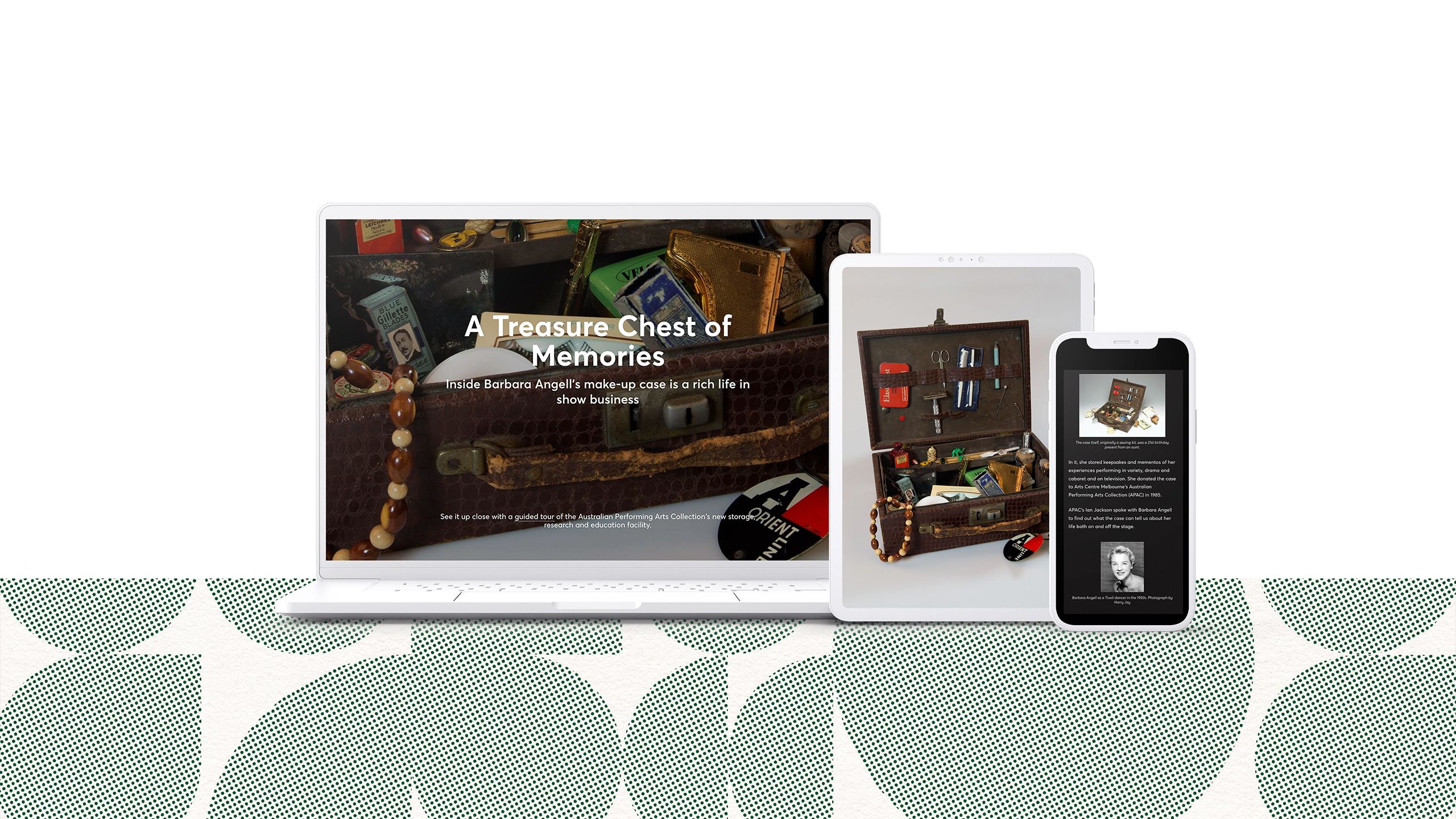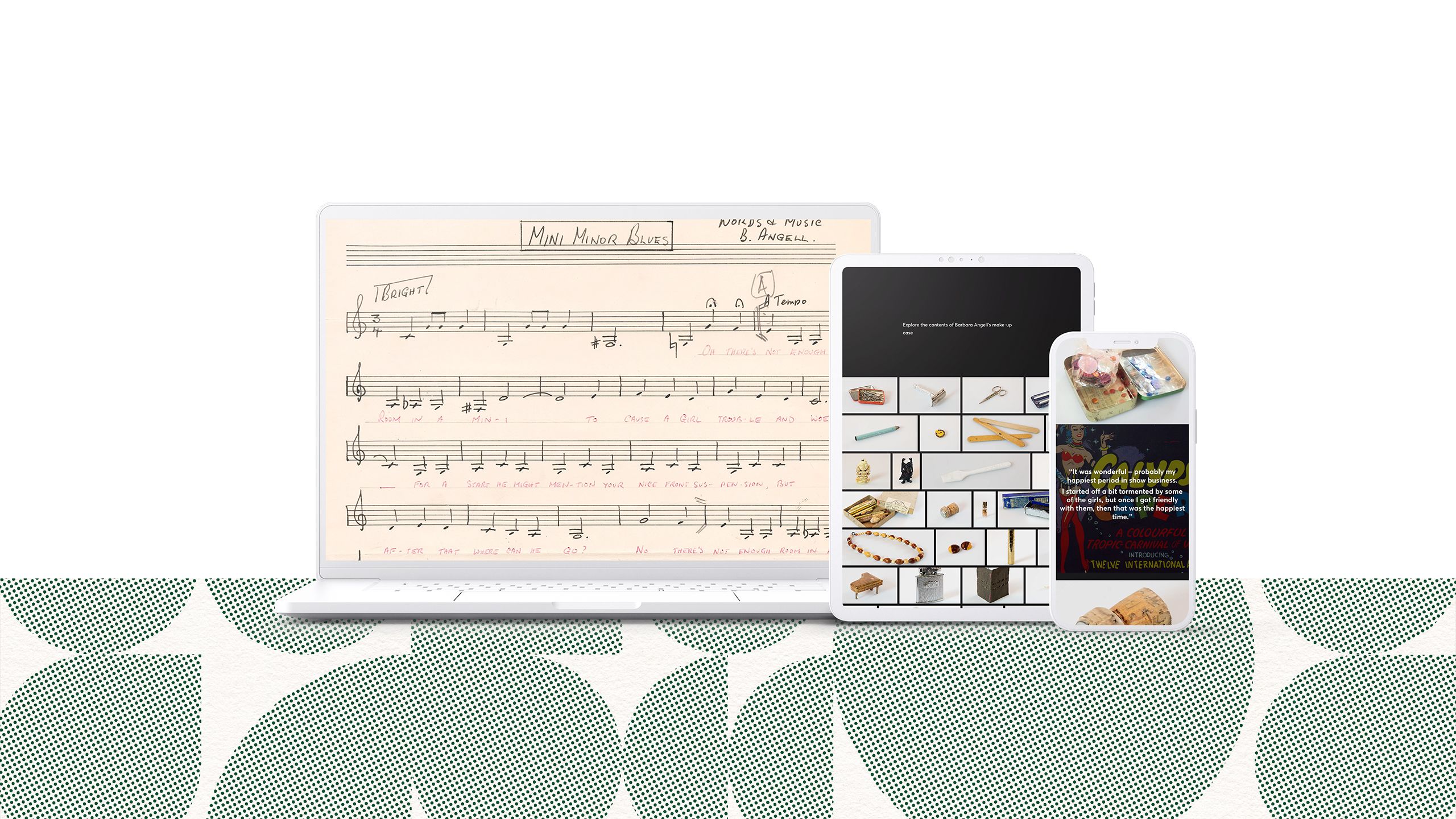10 great owned media examples
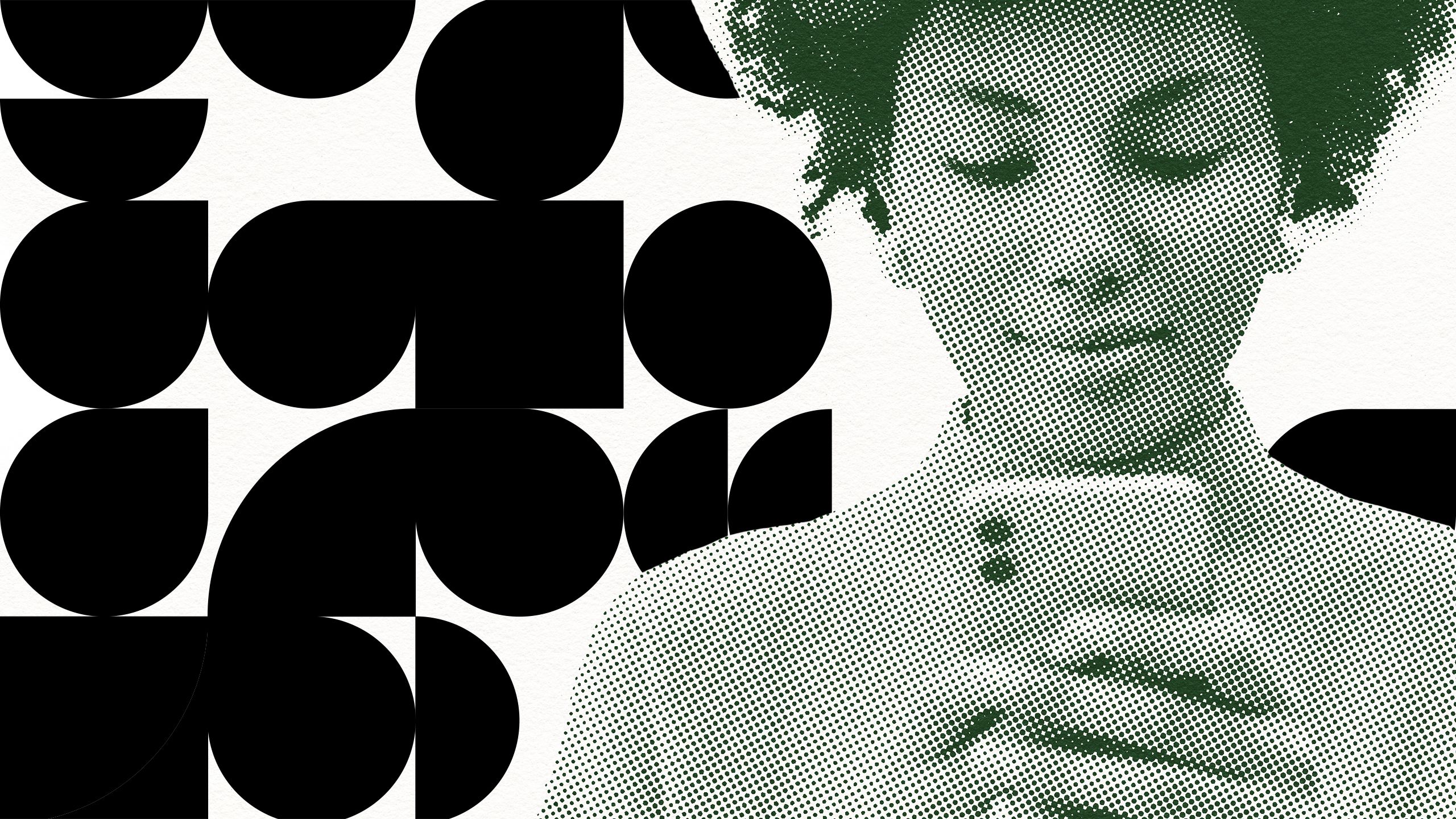
It's hard to define 'quality content’, so instead we’ll show you. Here is an explanation of owned media, with 10 impressive examples from brands getting it right.
by Matt McGregor
by Matt McGregor
The biggest contradiction in content marketing today is between the need for distribution and the desire for editorial control.
Content teams need to get their message out into the world. But unless you pay for distribution, you’re usually at the mercy of the editorial decisions of third-parties or, more commonly, algorithms.
This can lead to anxiety among content teams — but the fact is, there is one get-out-of-jail free card that will allow you to have it both ways. And that is to produce owned content that is so good that people share it.
Definitions of ‘quality content’ aren’t usually very enlightening, and ‘so good’ is about as vague as it gets. Instead of apologising, or giving you my Patented 10-Step Guide to Great Content, I thought I’d give you some examples.
We’ll cover:
Honda, Penguin, and Tripadvisor craft owned media with Shorthand.
And so can you, with no code or web design training.
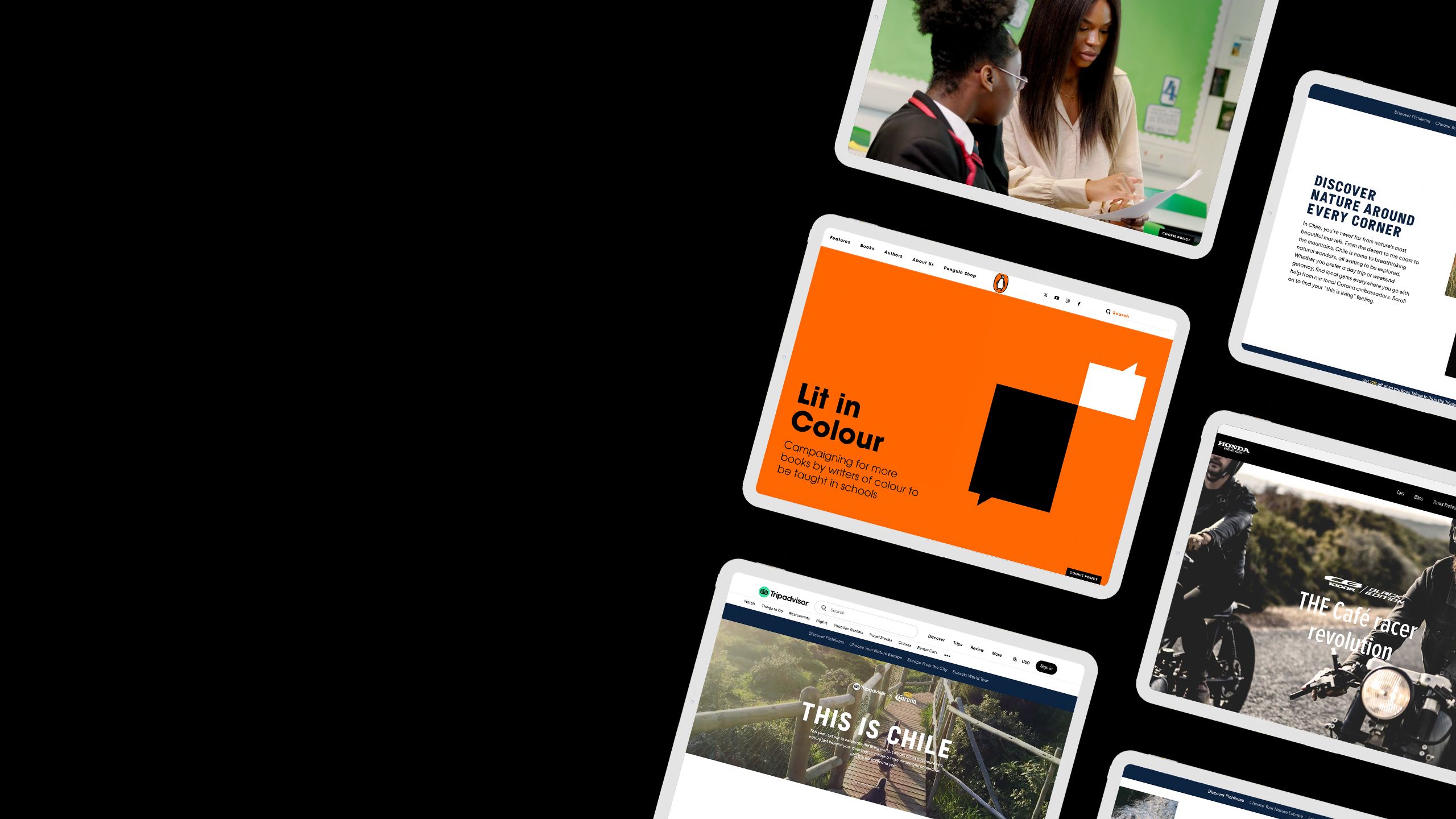
What is owned media?
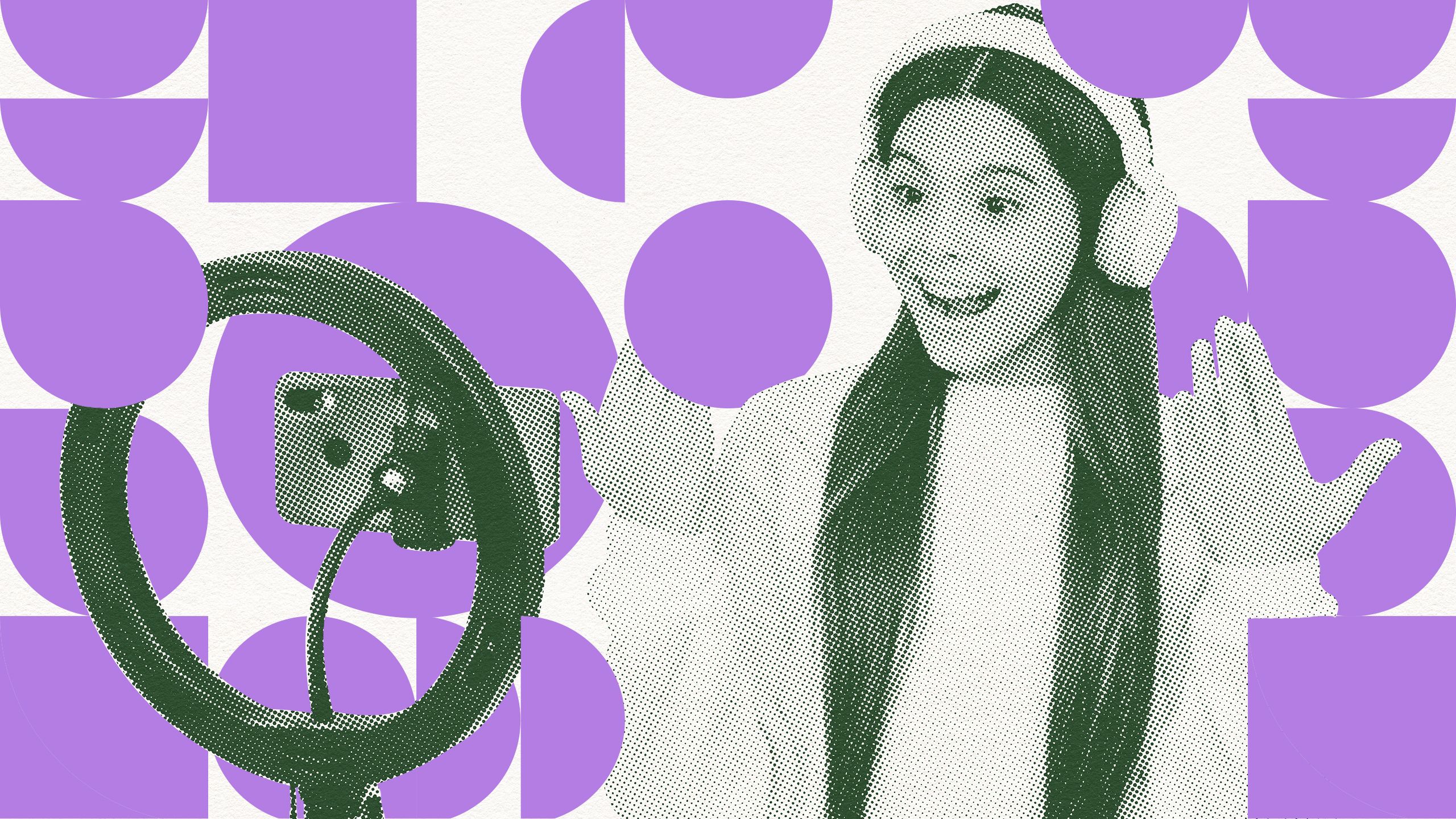
Owned media is content that is published to a channel controlled by its publisher. The most common type of owned media is blog content. Other types of content include everything from podcasts and social media posts to videos on a YouTube channel.
Owned media is typically contrasted with earned media, paid media, and rented media, which we outline in greater detail below.
Businesses invest in owned media as part of their digital marketing strategy typically because they want complete control over their message. Another important reason is that paid media is too expensive, and doesn’t easily scale.
More broadly, though, owned media exists because there aren’t enough journalists to run your press releases. Public relations (PR) is an important part of a marketing strategy, but one that has become exponentially more difficult over the last 30 years.
How is owned media distributed?

Owned media is most commonly distributed via search engine optimisation (SEO), social media platforms like LinkedIn, and email marketing. The aim is typically to get people back to the company website or other owned media channels.
All of these marketing channels come with some risk. Without serious thought, there’s a reasonable chance that no one reads your content. Your owned media strategy will need to seriously consider how humans will discover your content before you start creating it.
Beyond these channels, your north star should be word-of-mouth — that is, that people from your target audience start talking about your content and sharing it organically.
How is owned media measured?
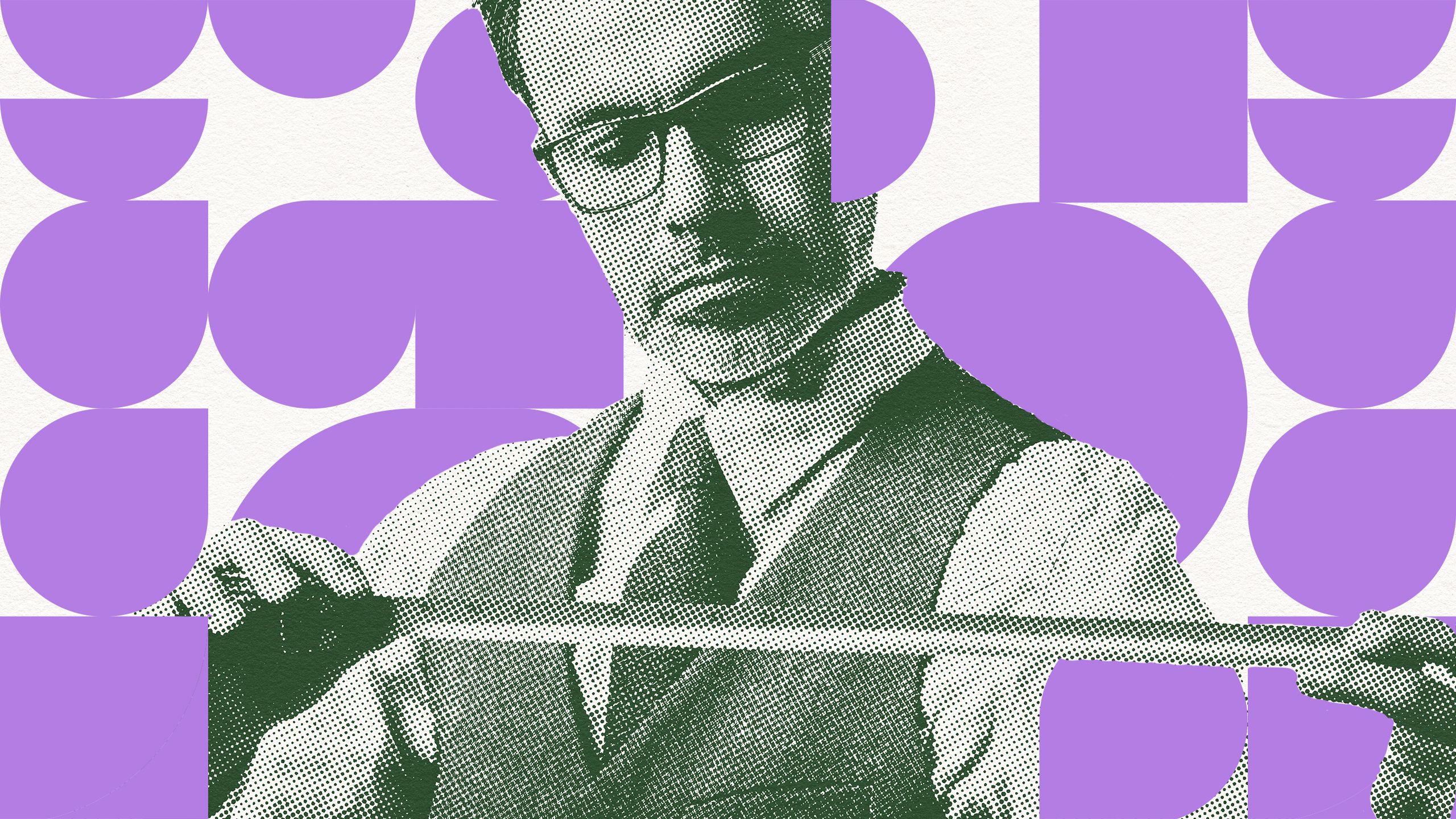
Owned media campaigns are measured by a range of metrics, depending on the media type and overarching content strategy.
For SEO-driven blog posts, a common leading indicator is ranking in Google and the organic traffic that (sometimes) flows from that. For social media channels, it might be engagement or clicks.
Further down the funnel, businesses may measure signups to an email list, or the pipeline of potential customers in your target market that can be attributed to your content. Often, owned media helps to build affinity with an audience — something that is trickier to measure, but is critical to generating word-of-mouth marketing.
What are the other types of media?
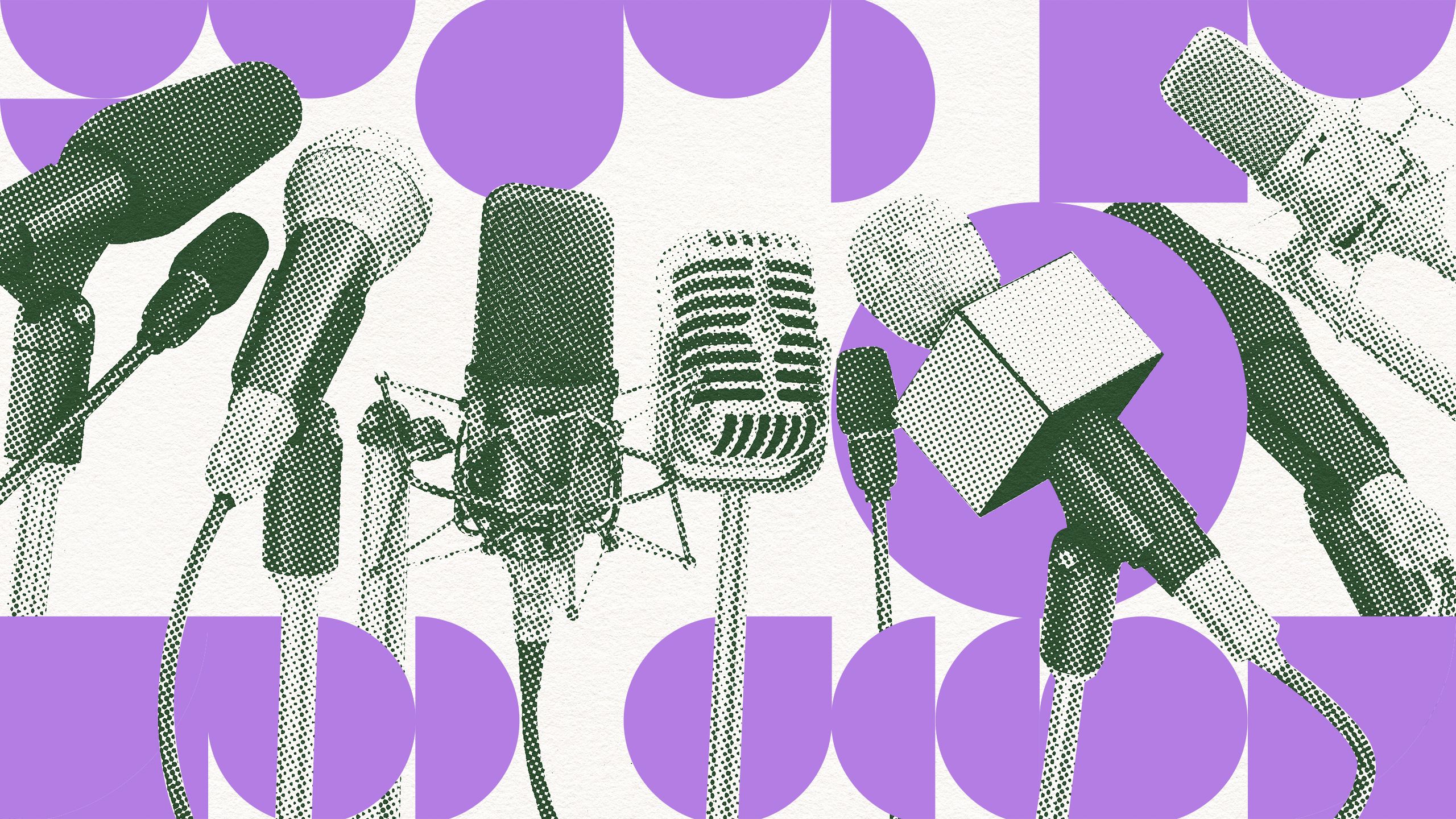
The other types of media are earned media, paid media, and rented media. Let’s cover them one-by-one.
- Earned media is content published (about you or your brand) by other publishers, such as in magazines, newspapers, and television stations.
- Rented media is content published directly onto third-party websites, such as social media networks and review sites. This content is generally considered a form of owned media strategy, but is ultimately published on sites controlled by others.
- Paid media is the enormous range of tactics used in modern marketing campaigns. These might be leveraging everything from influencer marketing and sponsorship to display ads, paid ads, and pay-per-click (PPC) ads on your social media accounts or Google.
Try Shorthand's visual storytelling templates for your next owned media piece
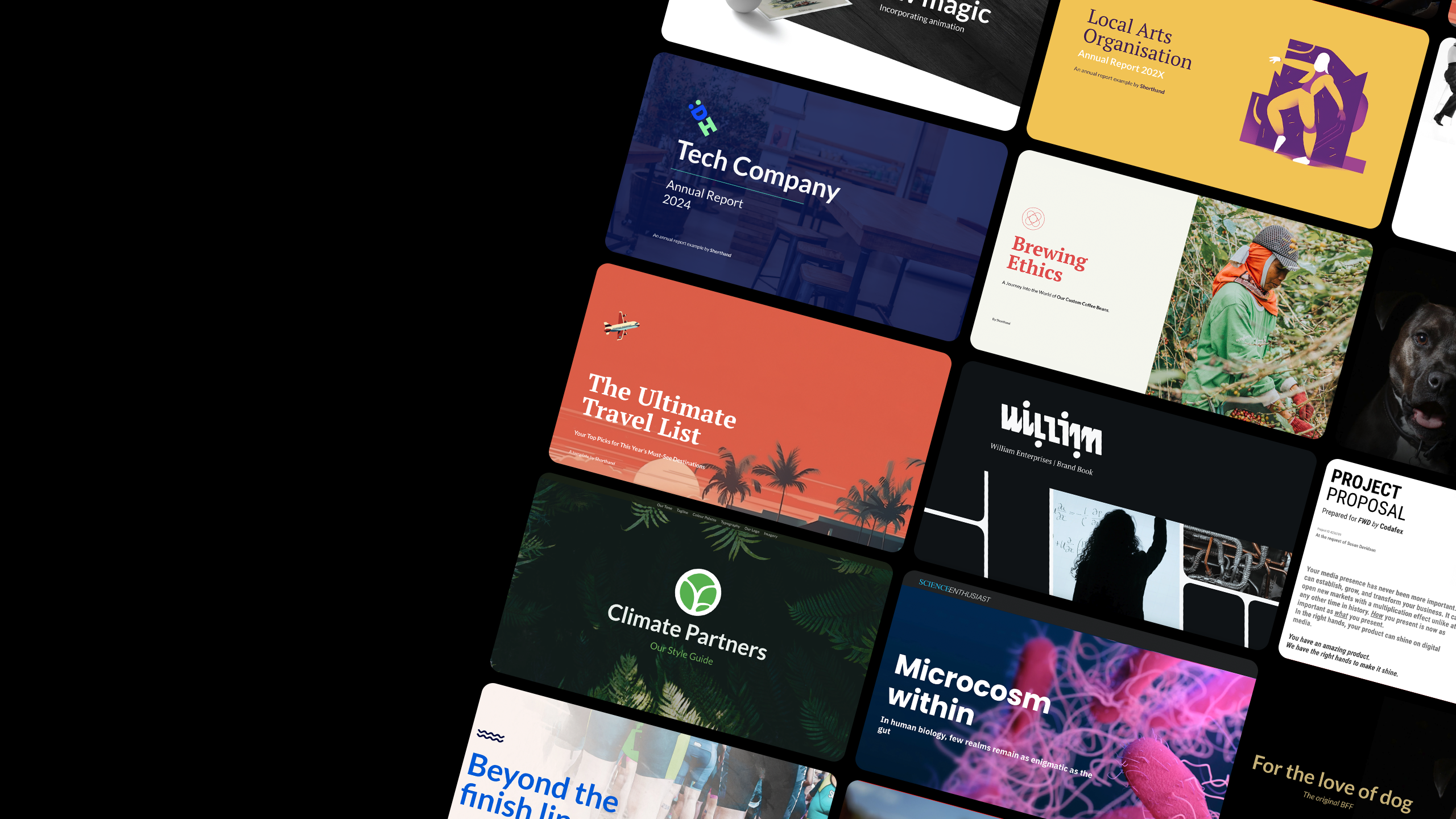
10 examples of great owned media
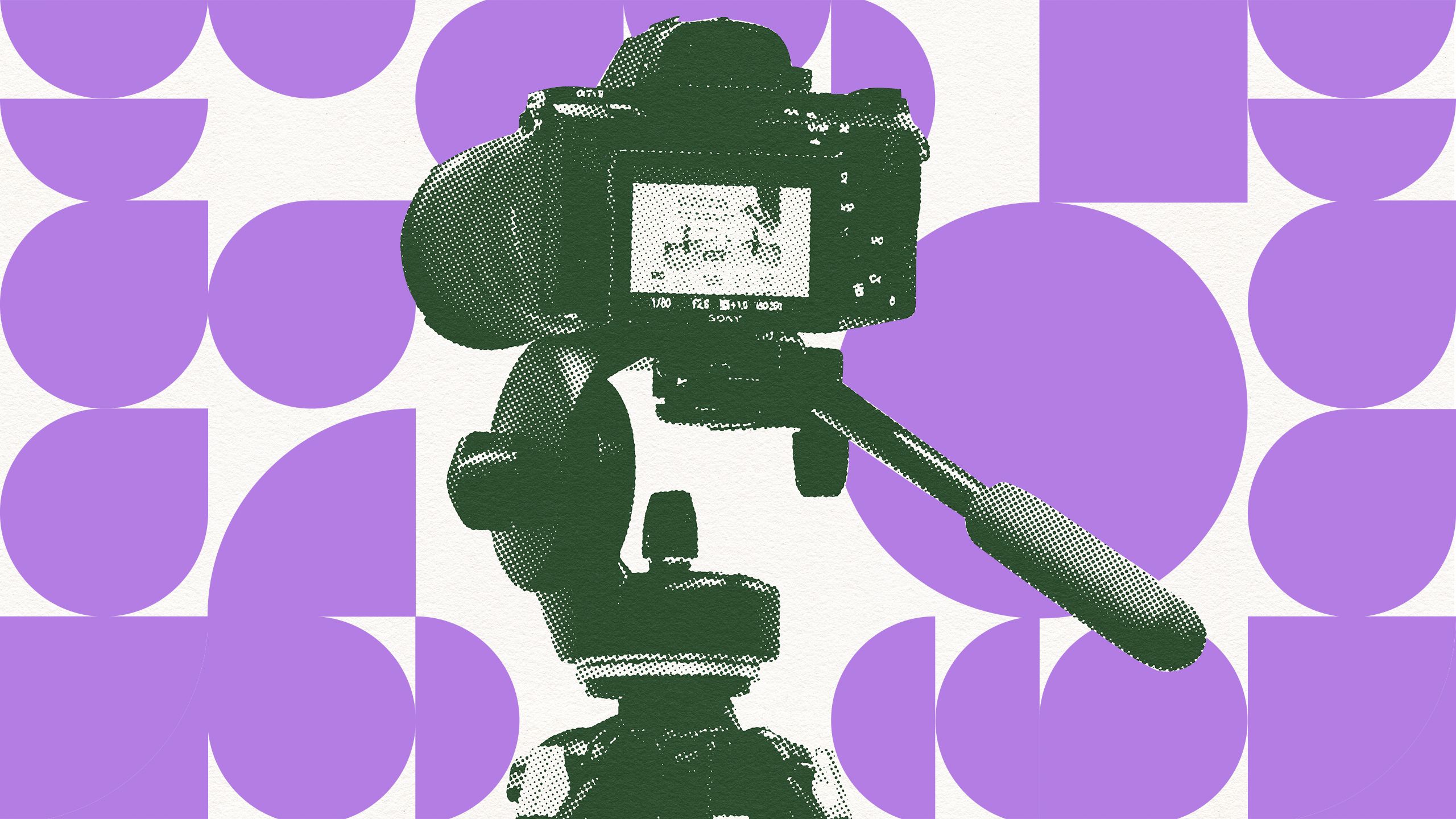
The Café Racer Revolution
The best content marketing knows its audience. That’s definitely true of the team behind the Honda Engine Room, which regularly produces deep, informative pieces aimed at motorsport enthusiasts.
The Café Racer Revolution is a prime example. The story explores the fascinating history of the café racers in the 1960s and 1970s, bikes that were modified to reach an extremely risky speed of 100 miles-per-hour. The piece expertly segués from this historical narrative to Honda’s own contribution, particularly its Neo Sport Café range.
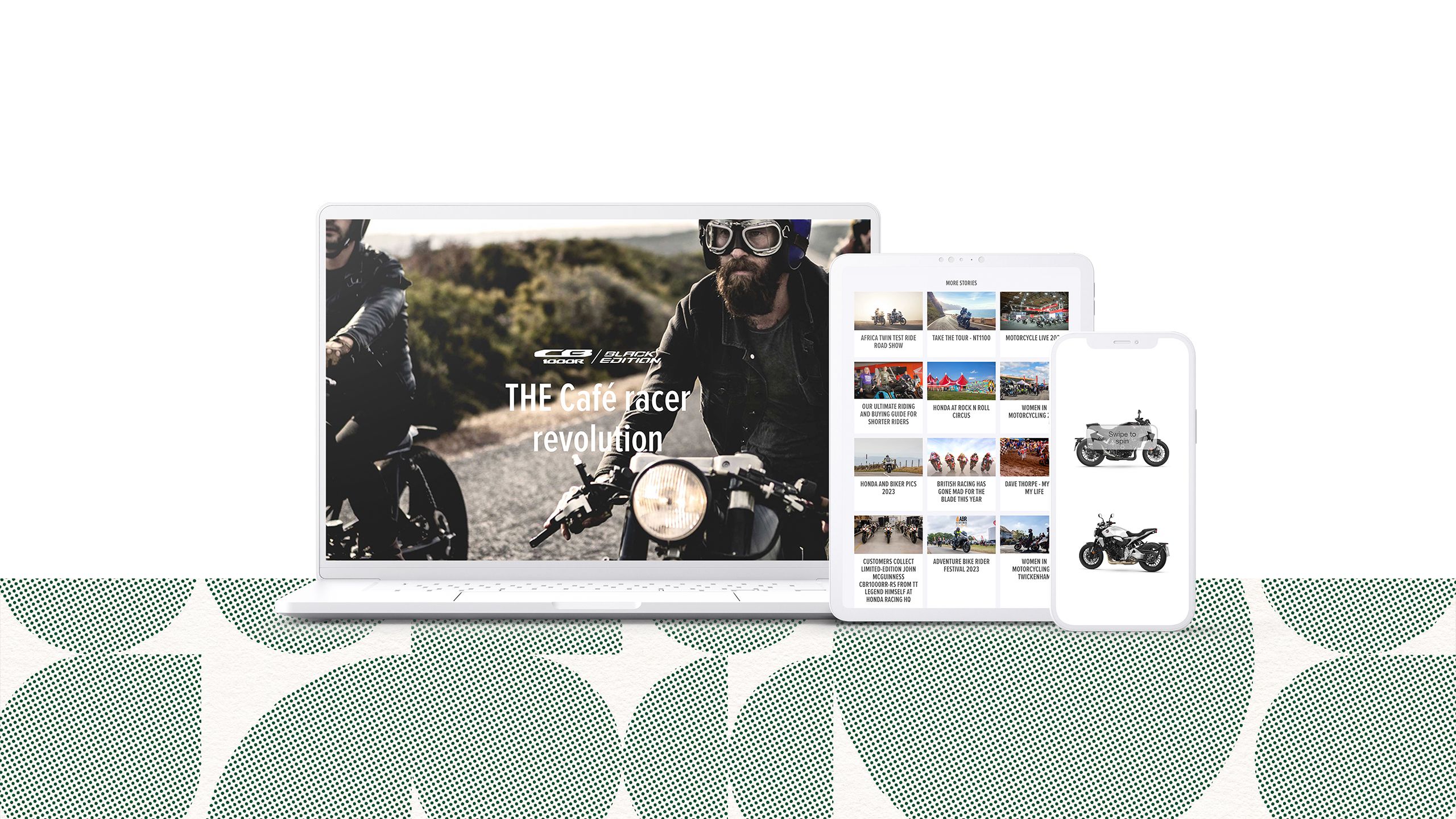
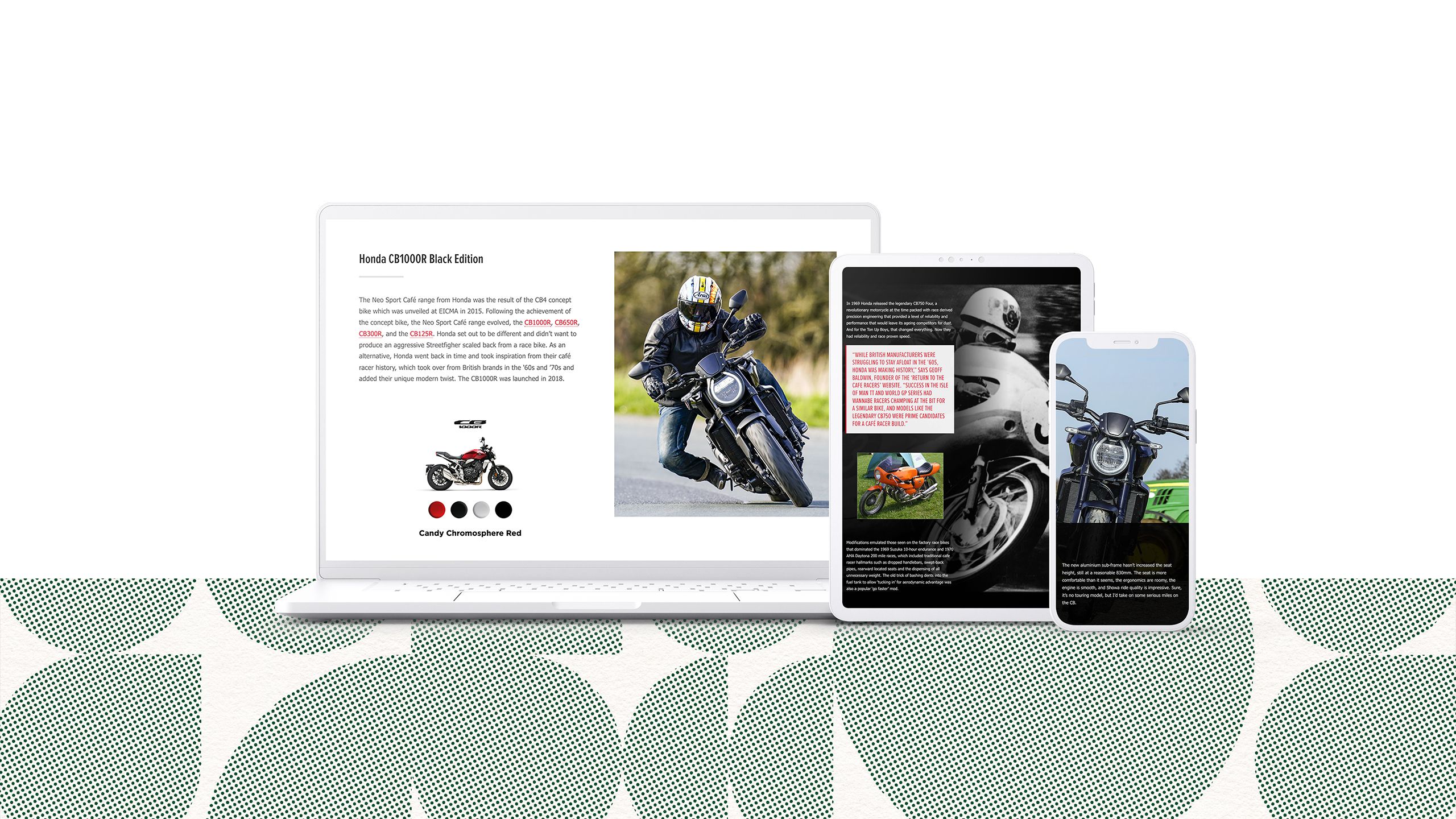
School of the Art Institute of Chicago Magazine
Every season, the School of the Art Institute of Chicago produces a gorgeous, vibrantly designed digital magazine for its community.
This feature story, The Indefinable: Nyugen E. Smith’s Explosive Artistry, highlights the multifaceted work of artist Nyugen E. Smith (MFA 2016). Smith's artistry spans various media, including sculpture, installation, poetry, performance, collage, and multimedia drawing, often focusing on themes related to the Black African diaspora.
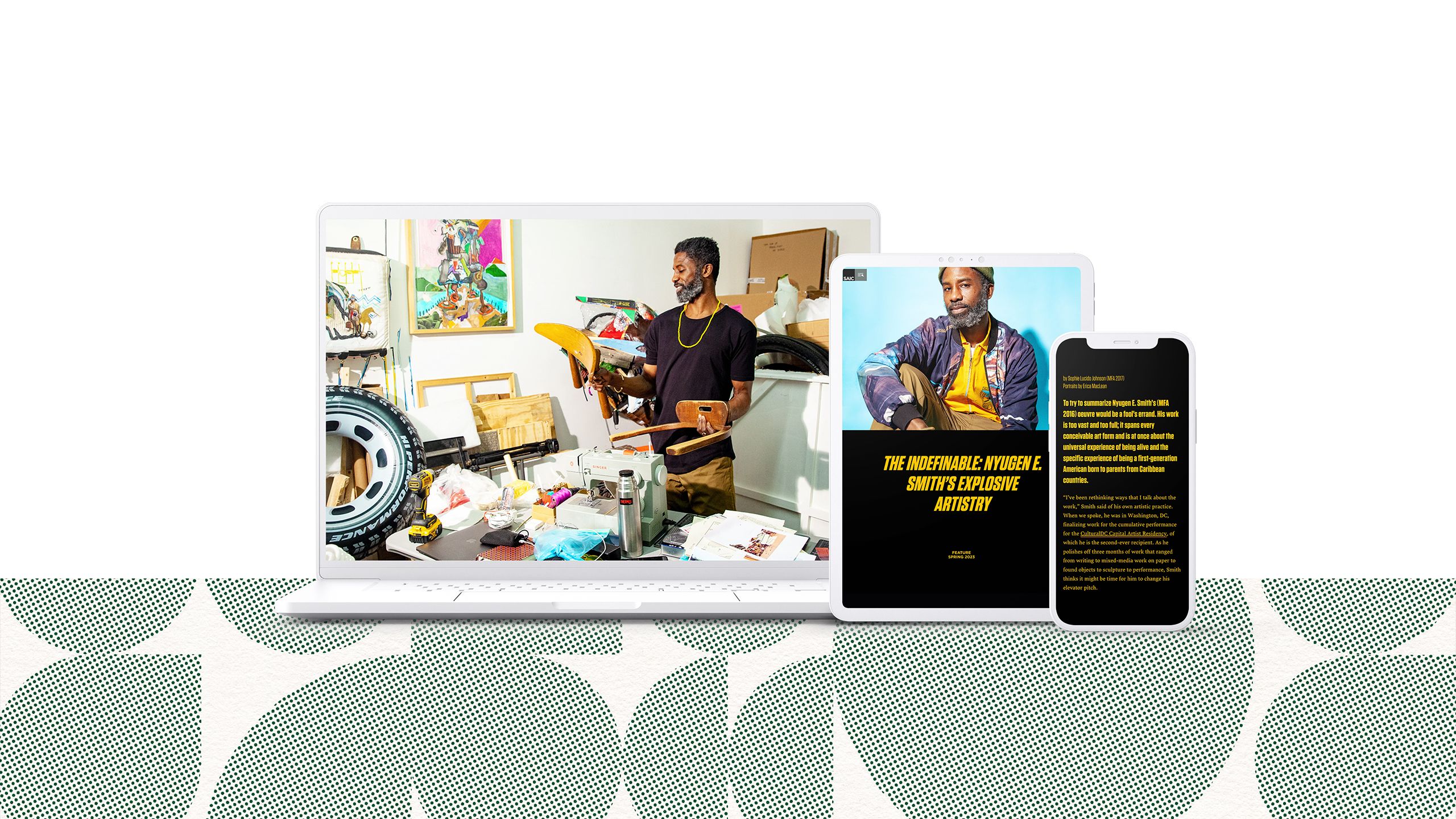
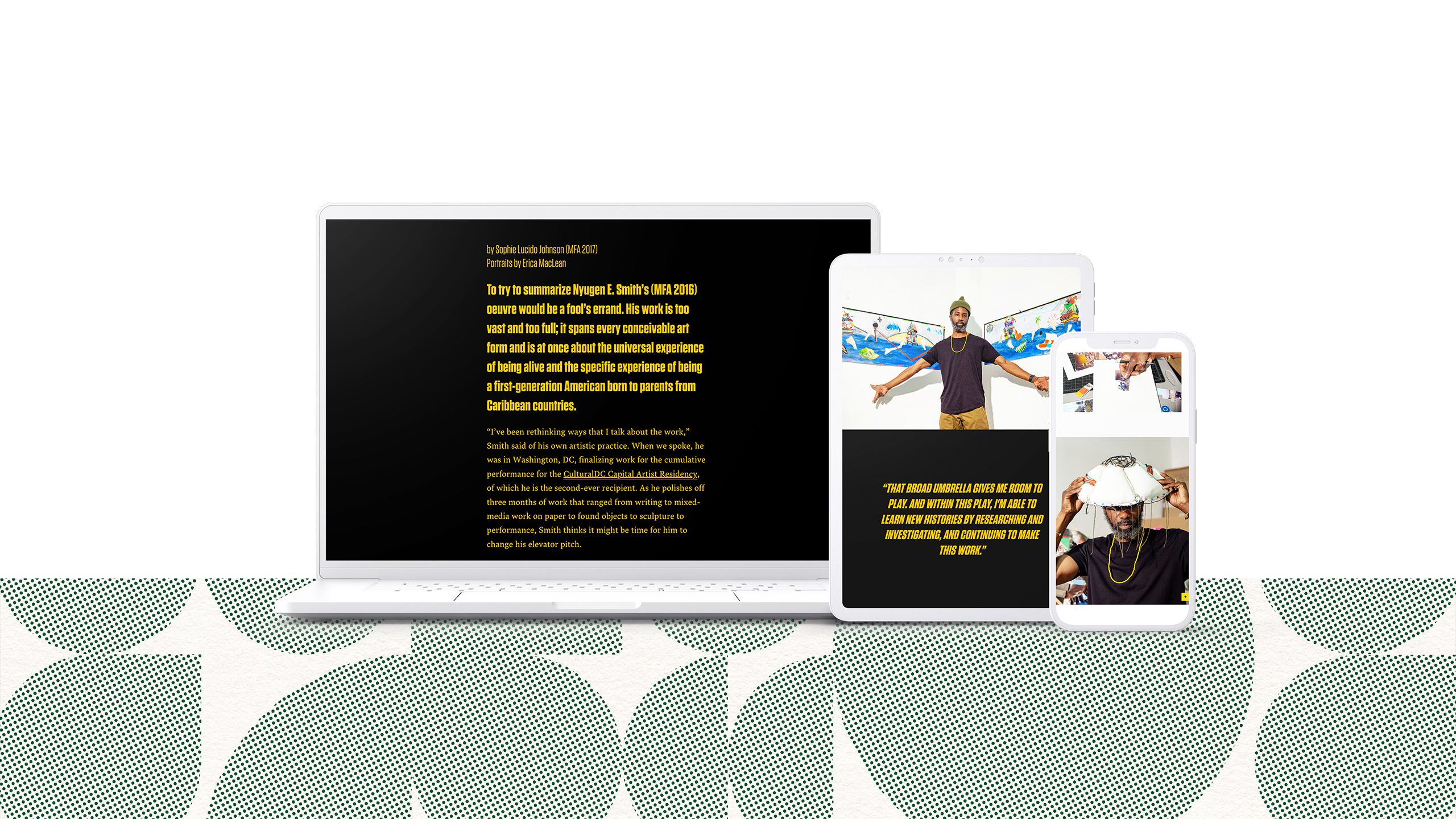
MSF: A year in pictures
Nonprofits like Médecins Sans Frontières often have trouble explaining the urgency of the work to the general public. It’s also very difficult to get media attention for issues happening in geographically distant countries.
One solution is to create visually powerful photo essays. This piece, MSF in 2021: A year in pictures, provides a visual retrospective of MSF’s activities. The collection of 54 images, chosen from an estimated 8,000, captures the organisation's response to various crises, including the COVID-19 pandemic, conflicts, displacement, malnutrition, malaria, sexual violence, and the climate emergency.
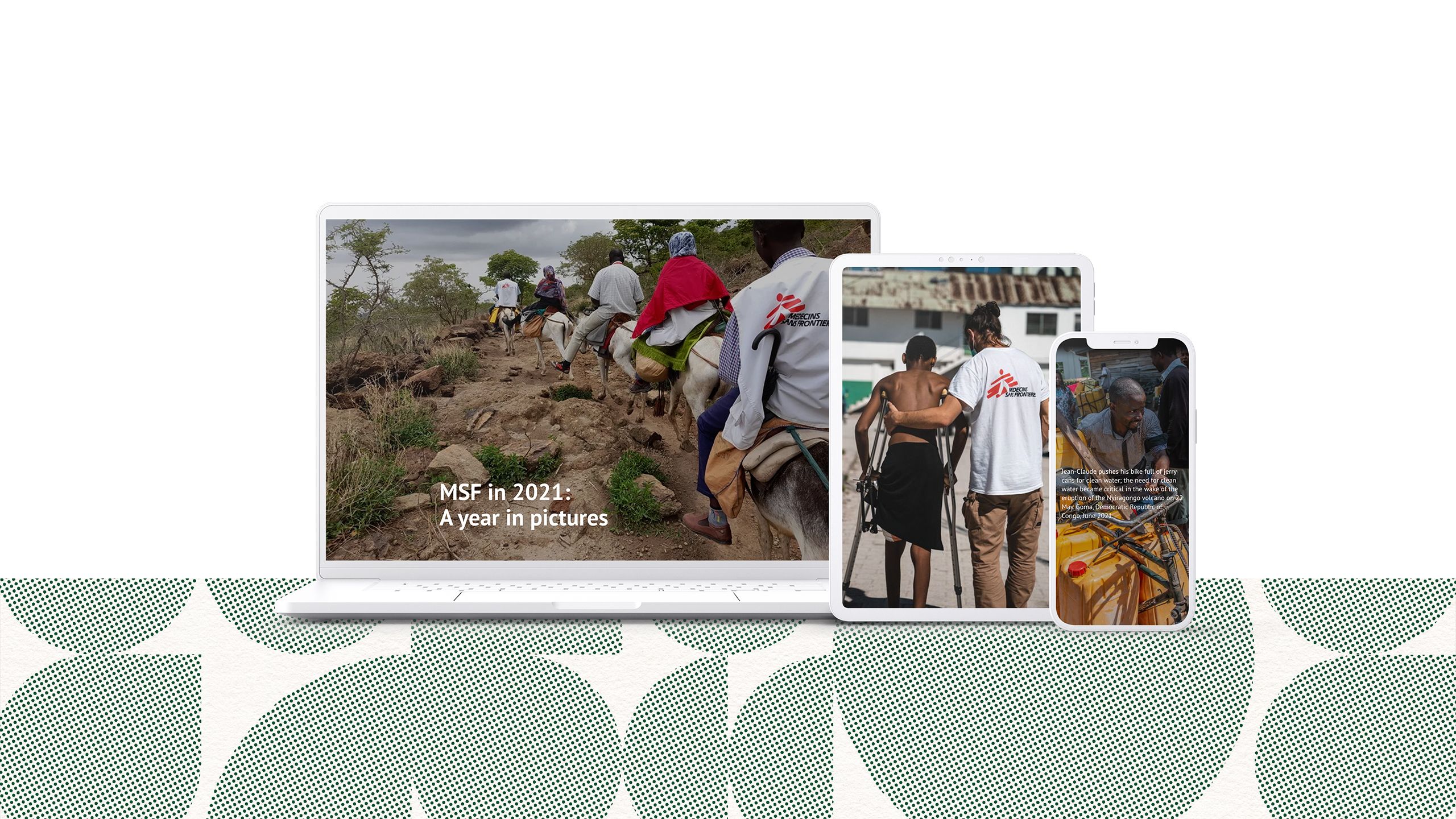
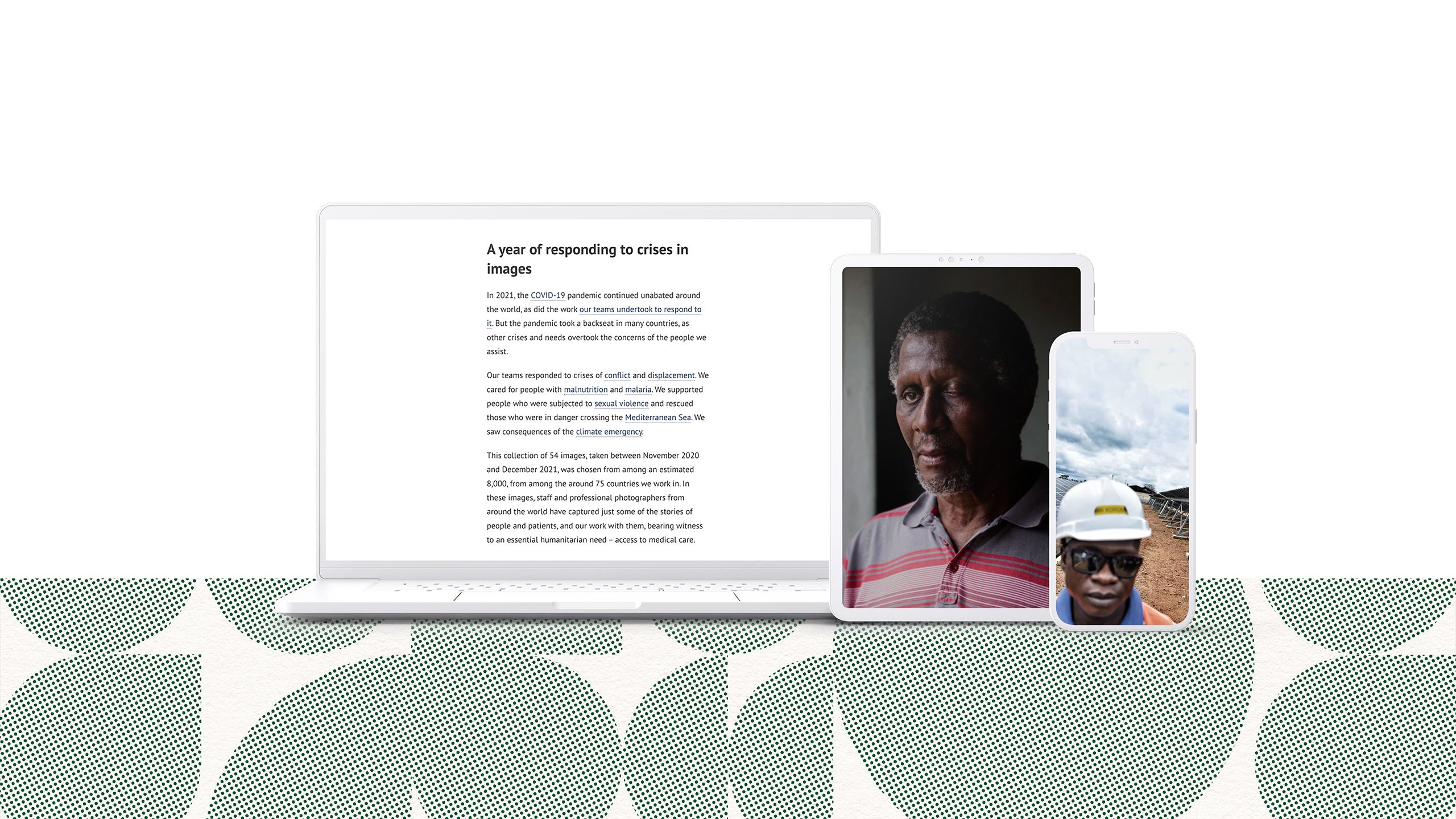
Get to know the world’s marine protected areas
This piece from the Global Environment Facility (GEF) is a standout example of content creation that is good enough to share.
Beautifully designed and illustrated, the team at the GEF take readers on an engaging journey through the world’s marine protected areas, showing off some amazing — and threatened — species along the way. The piece is truly distinctive, and definitely worth considering as inspiration for your future content efforts.
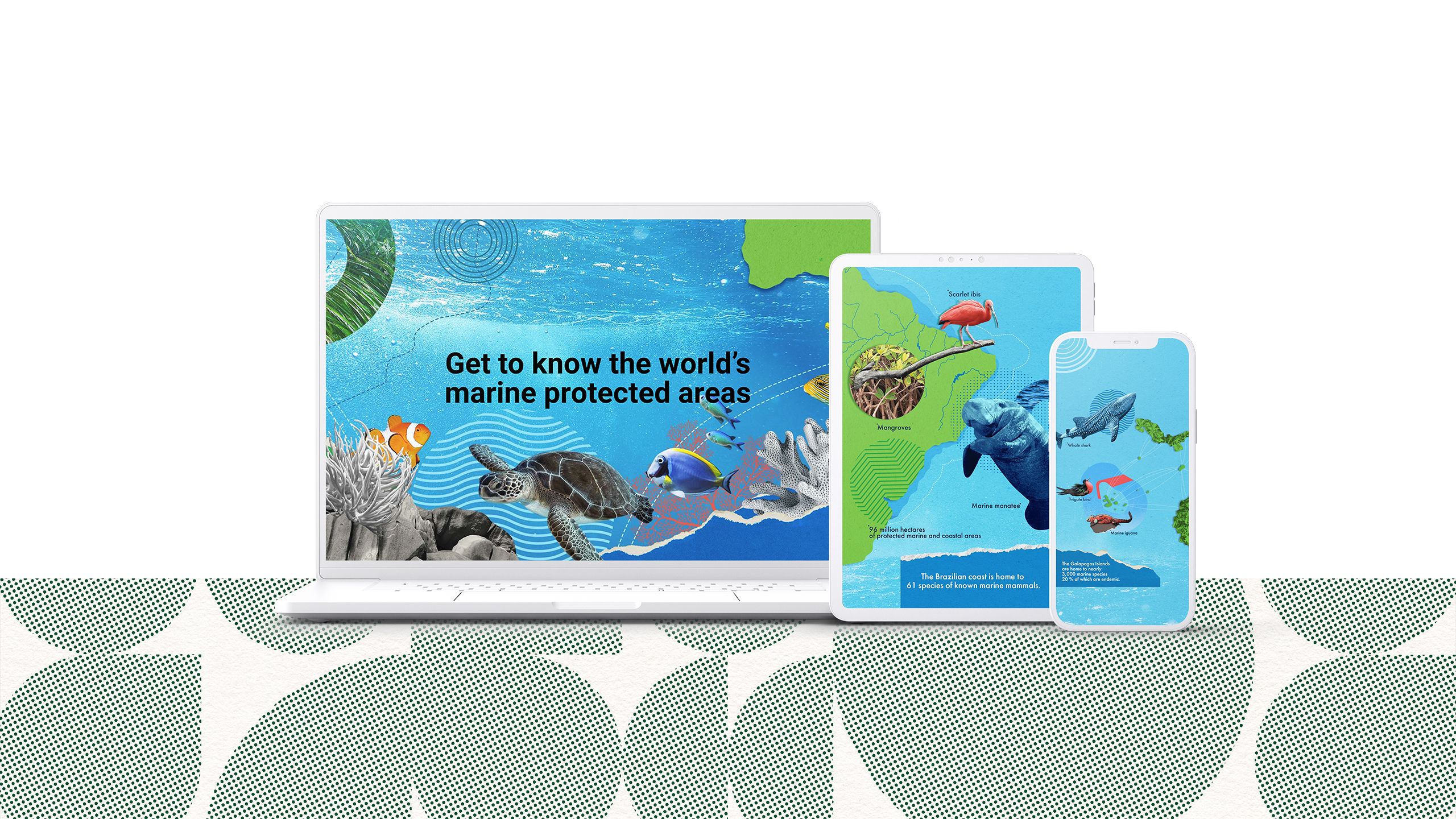
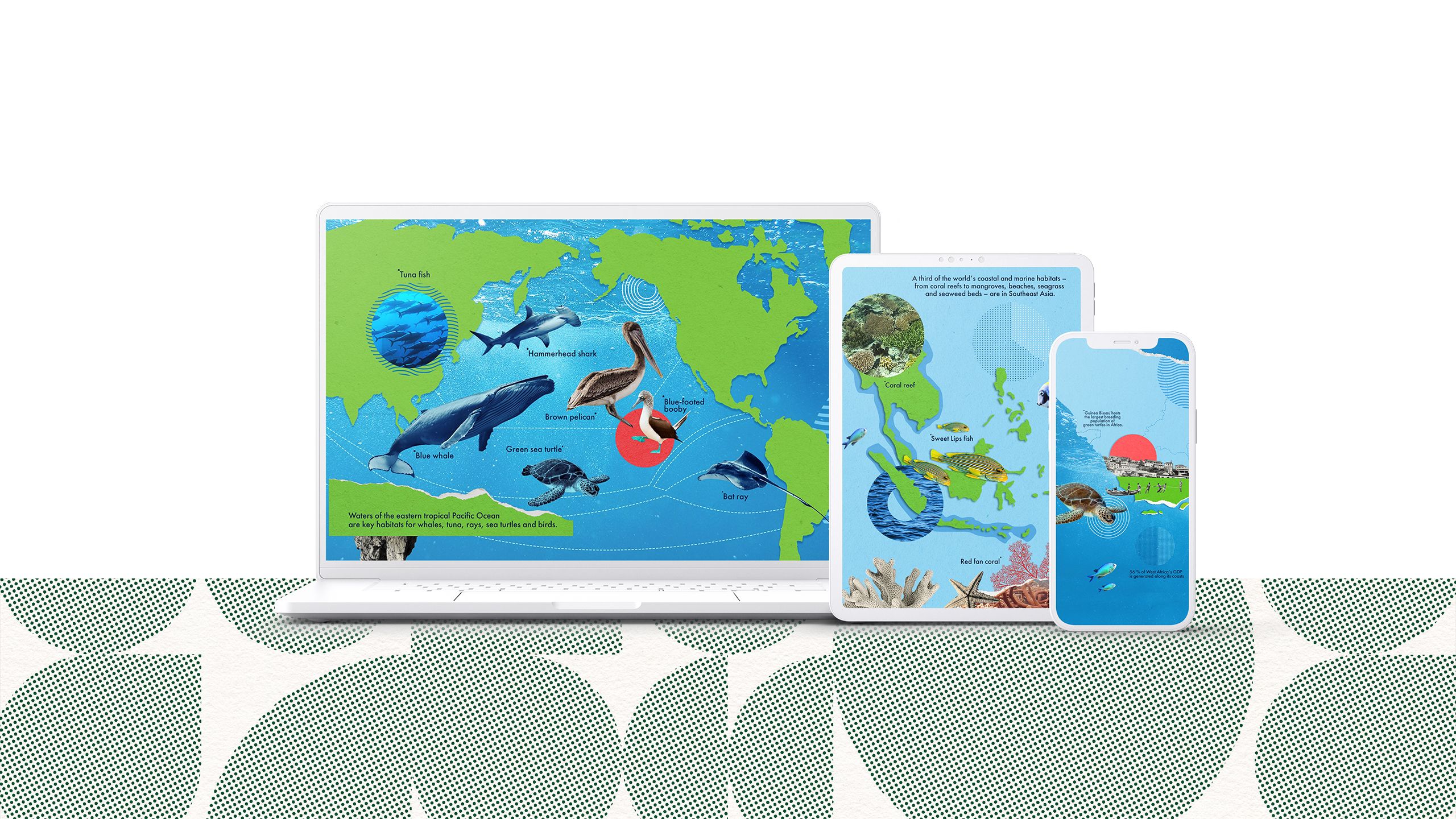
Contraception, conception, and change of life
It’s difficult to get journalists to cover complex scientific research. To get attention, then, it’s best to publish visually arresting science communication for non-specialists.
That’s the approach taken by the Australian Longitudinal Study on Women's Health (ALSWH). Its report uses charts, infographics, and illustrations to cover topics like contraception, conception, menopause, and the impact of these on women's physical and mental health, as well as their quality of life.
The report also provides insights into reproductive health trends, at-risk populations, and the socio-demographic and health behaviour characteristics that could be targeted for support or intervention programs.

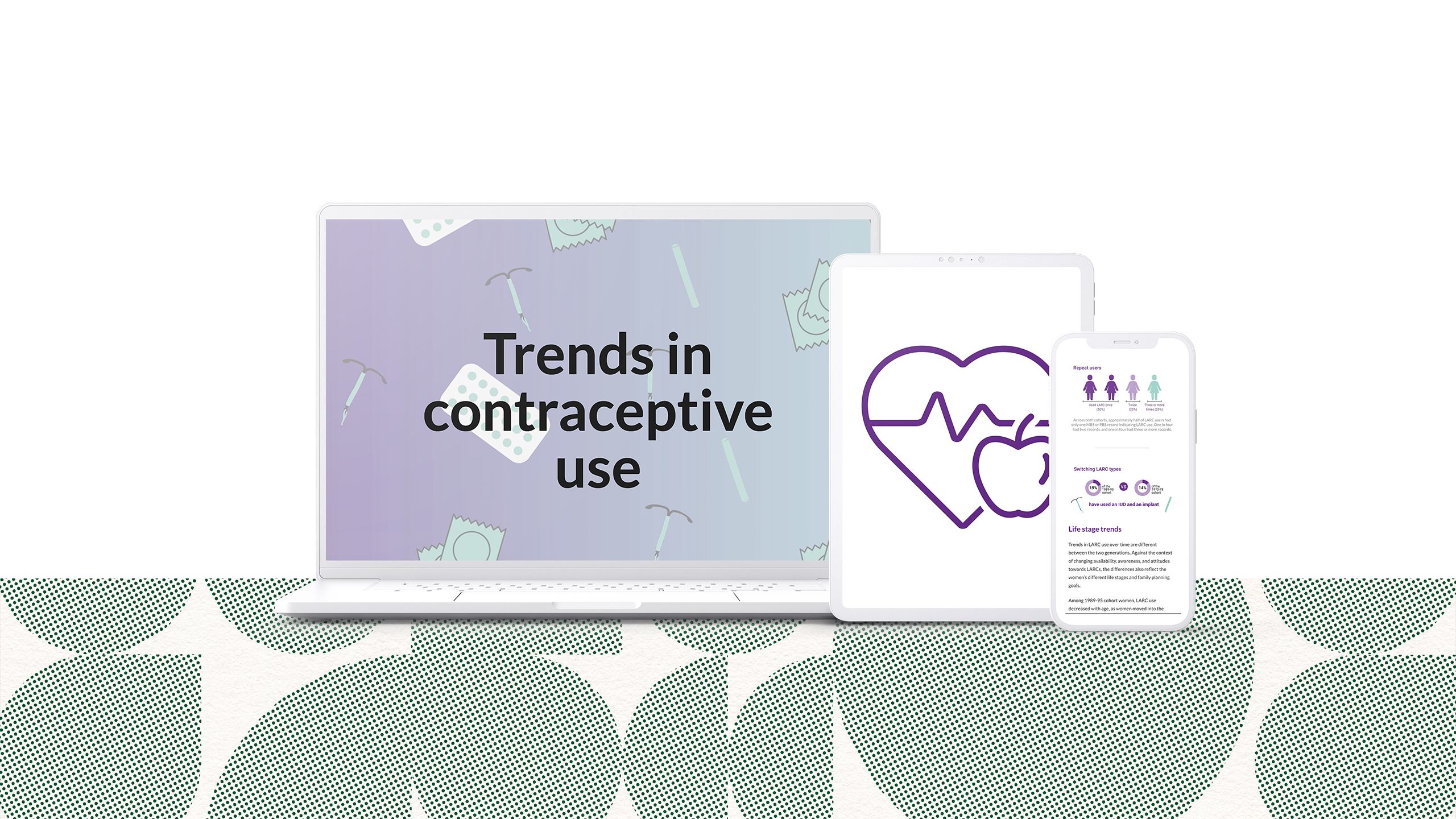
Doherty Institute Impact Report 2020
How does a public science institution communicate its true impact? The Peter Doherty Institute for Infection and Immunity is a joint venture between the University of Melbourne and The Royal Melbourne Hospital. And it played a massive role during the COVID-19 pandemic in Australia.
Using infographics and data visualisations, its 2020 Impact Report highlights the Institute's research, clinical, public health, and teaching successes, with a significant focus on its response to the COVID-19 pandemic. It includes a timeline of key milestones, insights from staff, and details of the Institute's ongoing work in infectious diseases and immunology, demonstrating their commitment to finding solutions to prevent, treat, and cure infectious diseases.
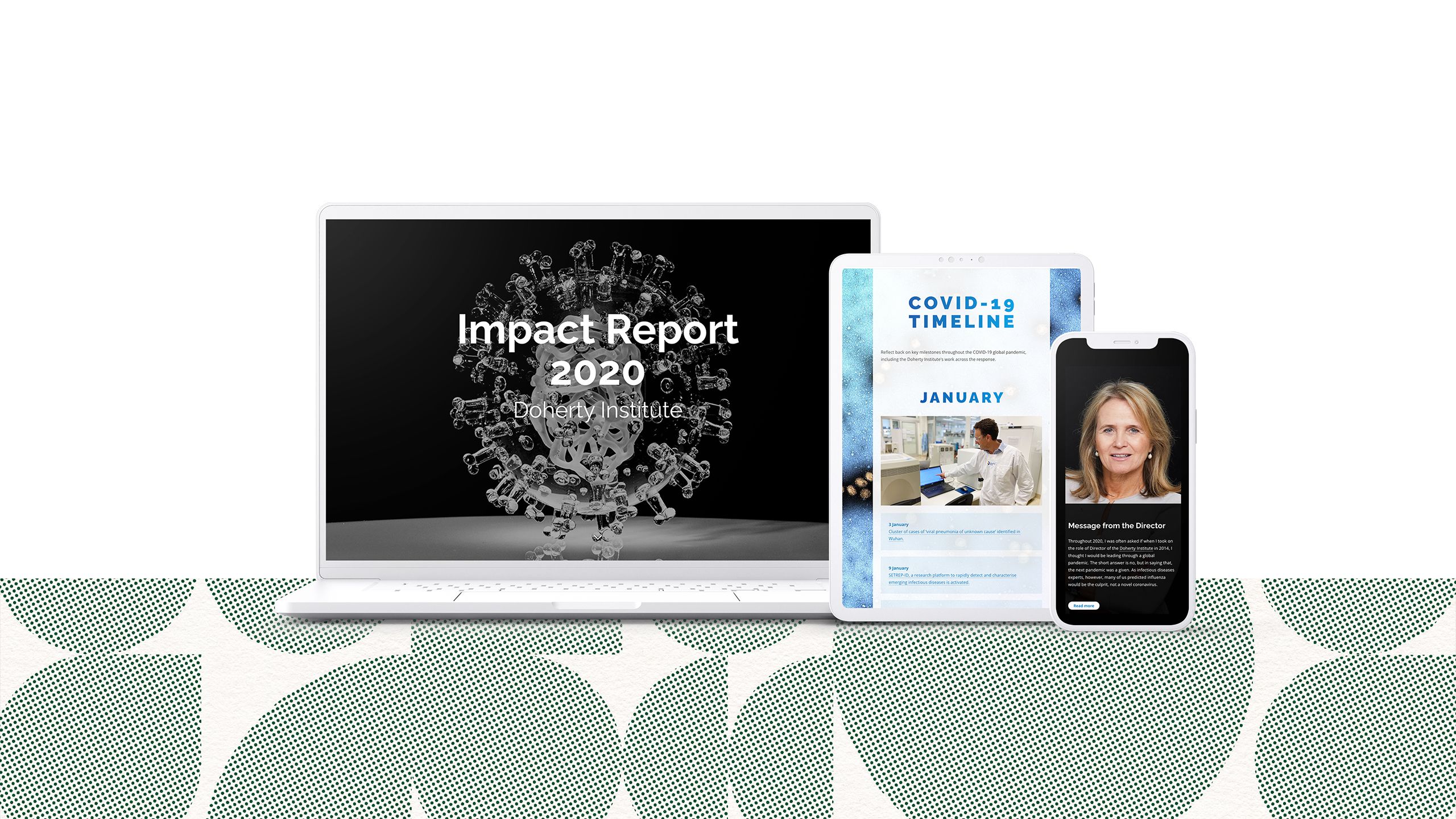
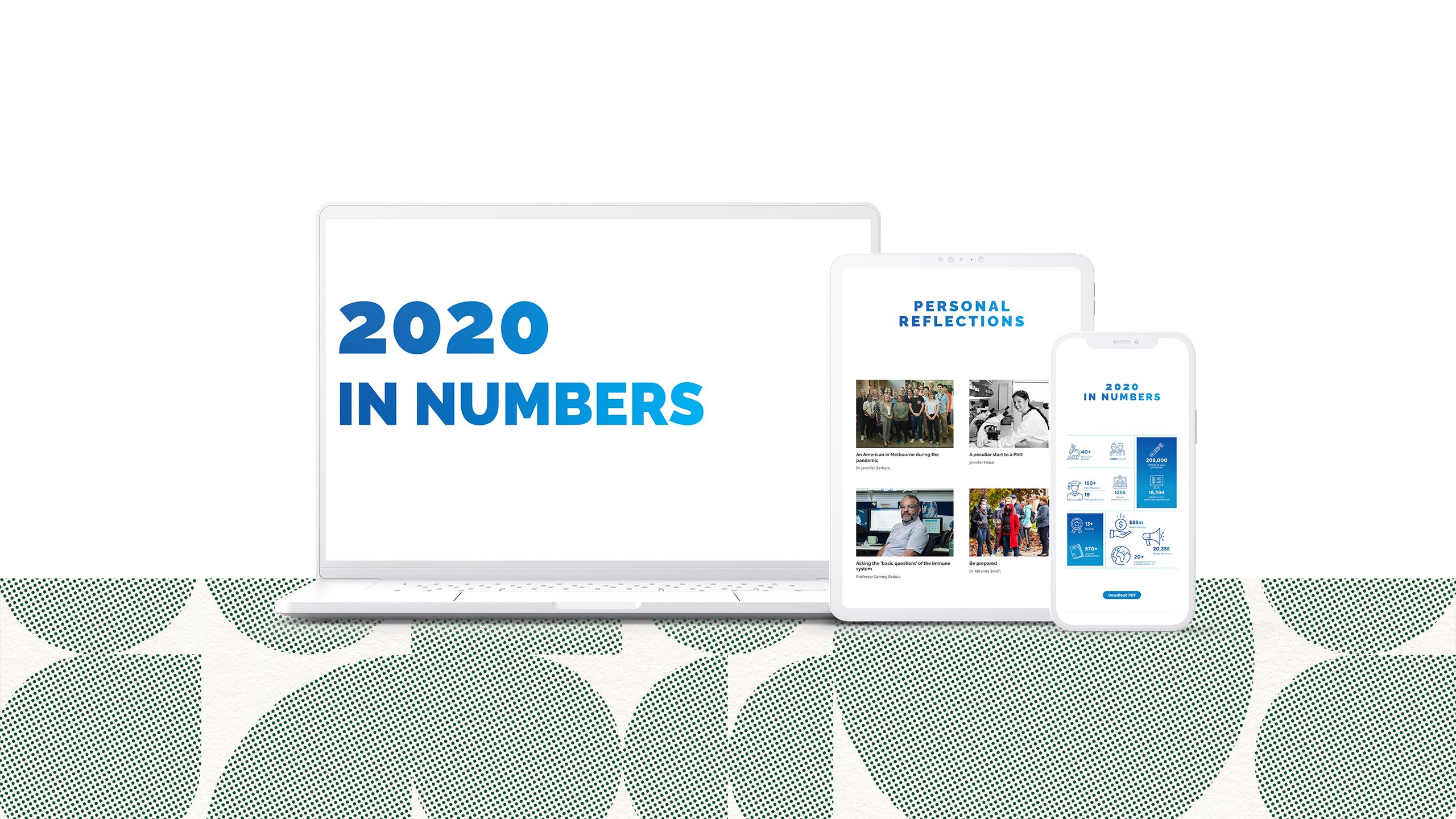
The MSC Tuna Report
The Marine Stewardship Council is famous for its use of innovative owned media formats — particularly its annual sustainable cookbook. As with this report into sustainable tuna, the MSC invests in beautiful design because it knows its marketing efforts will pay off with greater brand awareness.
This report uses infographics and video to great effect, making it easy for the public to see what kinds of tuna to purchase, and what kinds they should best avoid.

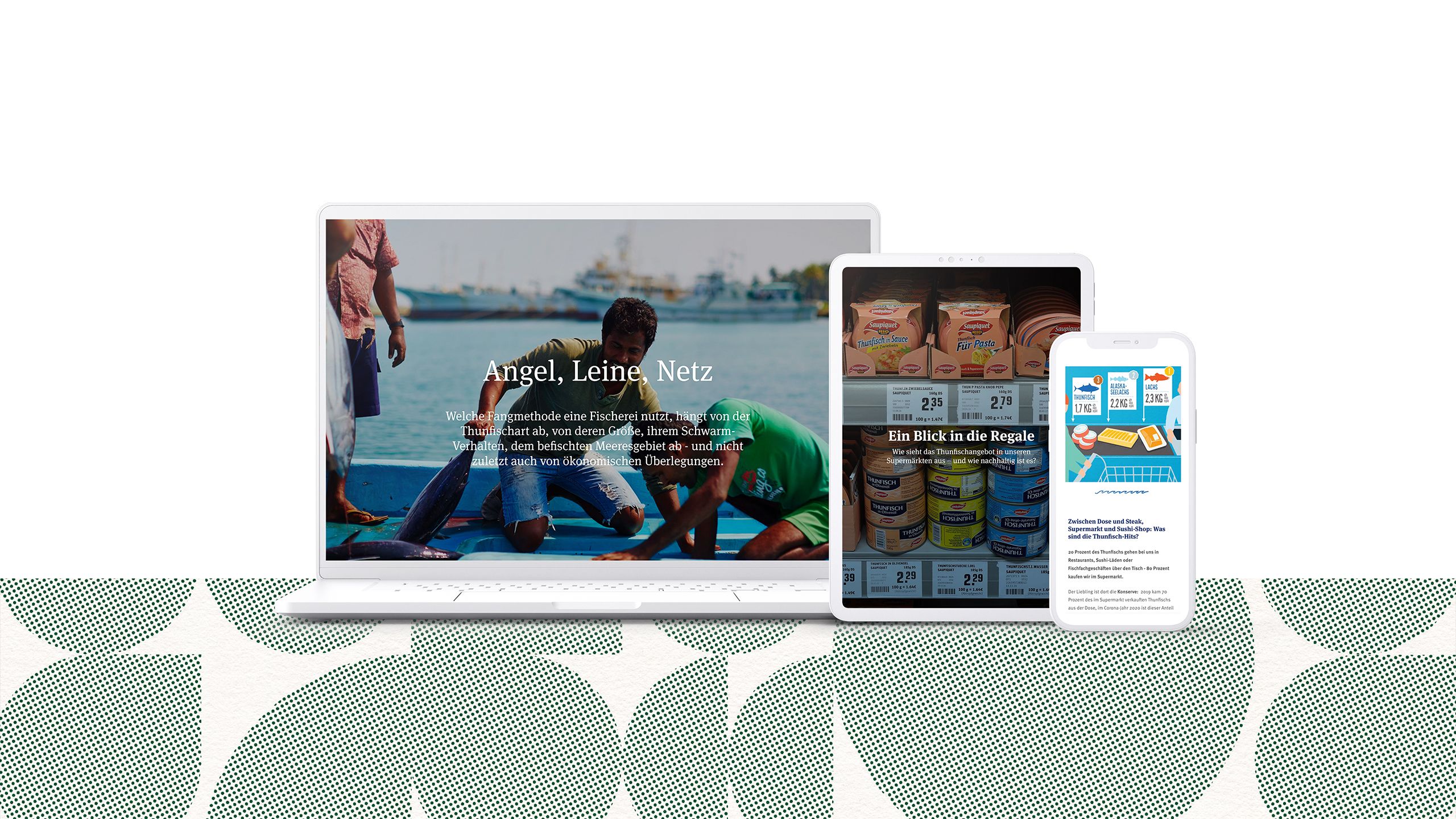
The Internal Communications Manual
One of the best ways to have your content shared is to help someone get better at their job. The Internal Communications Manual from RELX is a great example of the form, with great illustrations and web-friendly, skim-able (in the best way) copy.
Recognising that internal communications is a relatively new discipline, the manual is designed to help both dedicated internal communications professionals and those who occasionally need to convey messages to colleagues.
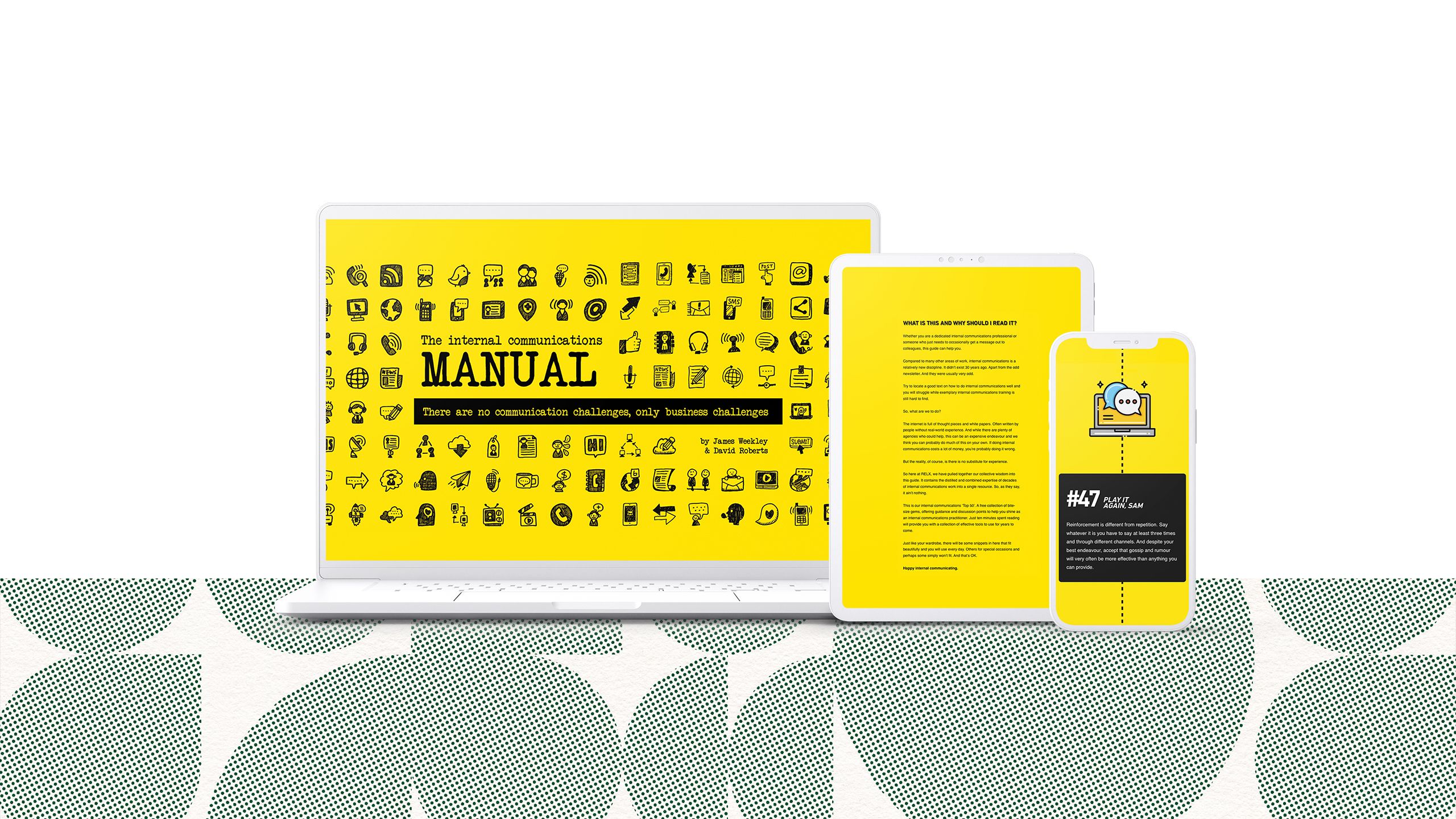

The Lost Pianos of Siberia
How do you market a book on the modern web? That was the challenge facing award-winning writer Sophy Roberts. While books can get earned media coverage in the form of reviews at the moment of release, a lot of that coverage can be fleeting. And other forms of book marketing — like creating voluminous social media content — don’t always add up to meaningful sales conversions.
Roberts addresses this problem with this immersive, multimedia home for her book The Lost Pianos of Siberia. The landing page is full of stunning videos and photos of the Siberian landscape, interspersed with a summary of the book and glowing testimonials.
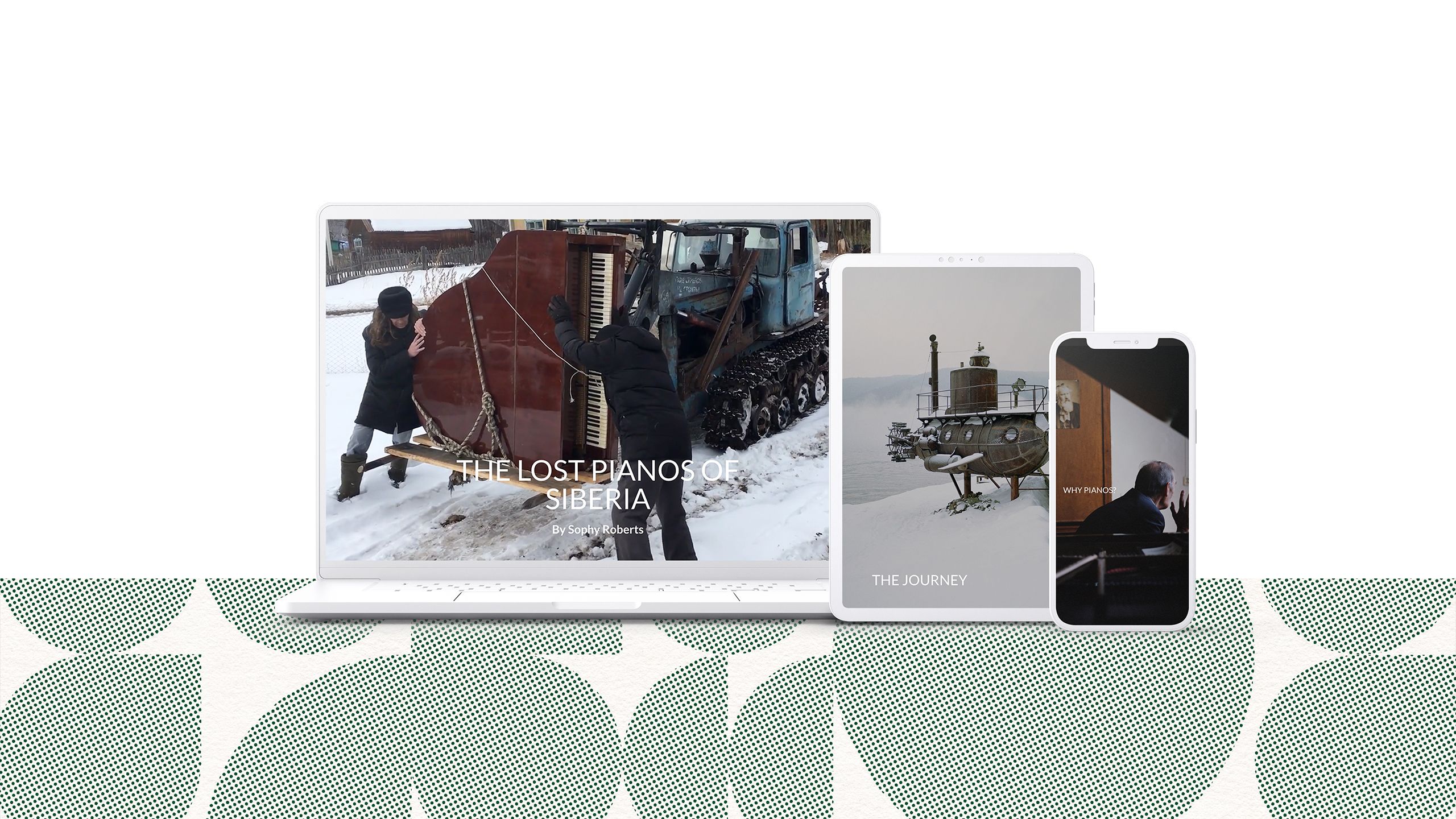
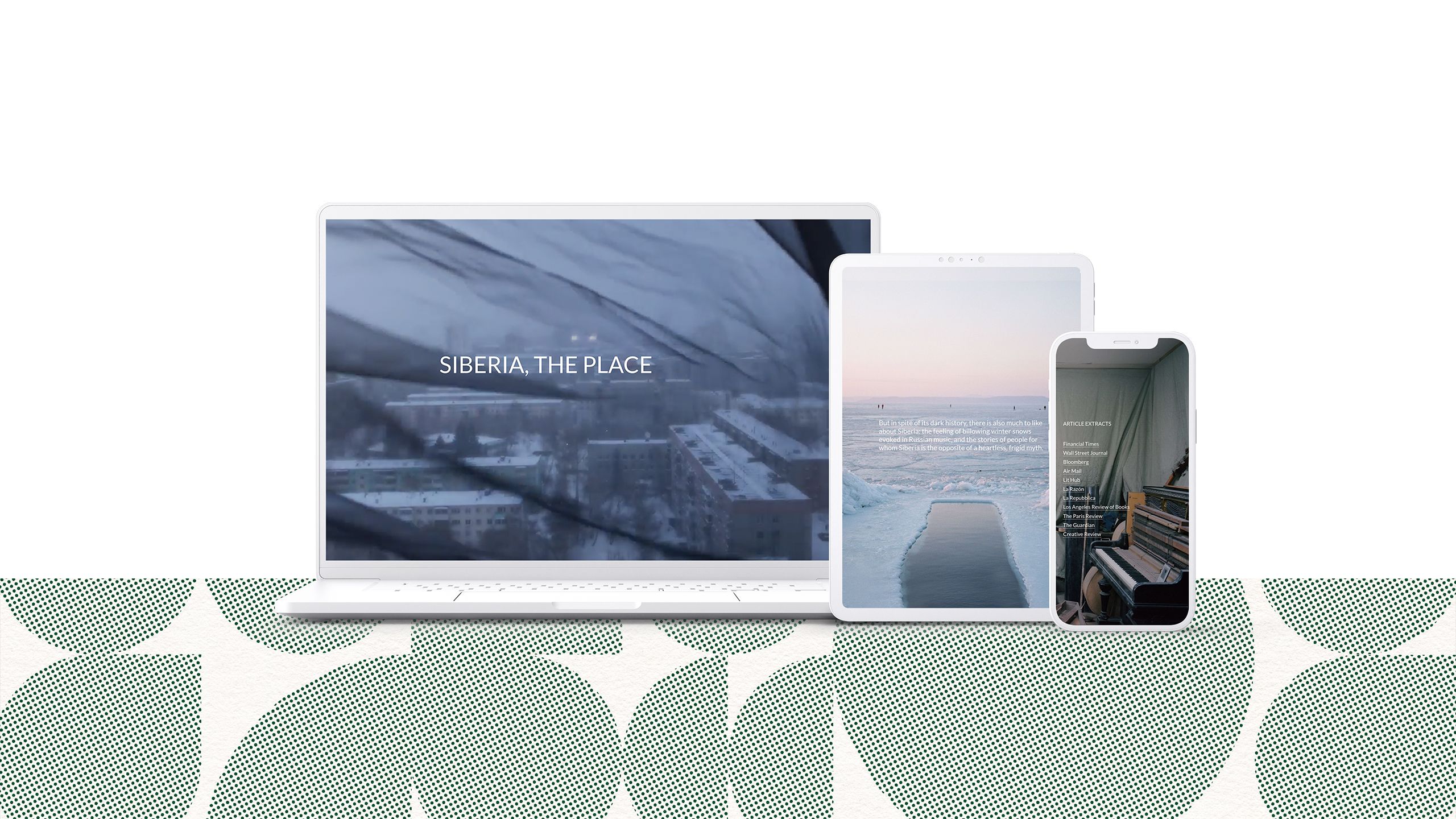
Arts Centre Melbourne
The best way to promote an exhibition is to create an immersive, visual introduction to it on the web. That’s what Arts Centre Melbourne has done with this piece, A Treasure Chest of Memories.
The story delves into the rich life and career of Barbara Angell, a Tivoli performer in the 1950s. The focus of the article is Angell's make-up case, originally a sewing kit, which became a repository for keepsakes and mementos from her time in variety, drama, cabaret, and television. The piece uses Shorthand’s Scrollpoints and Gallery sections to bring the case to life.
